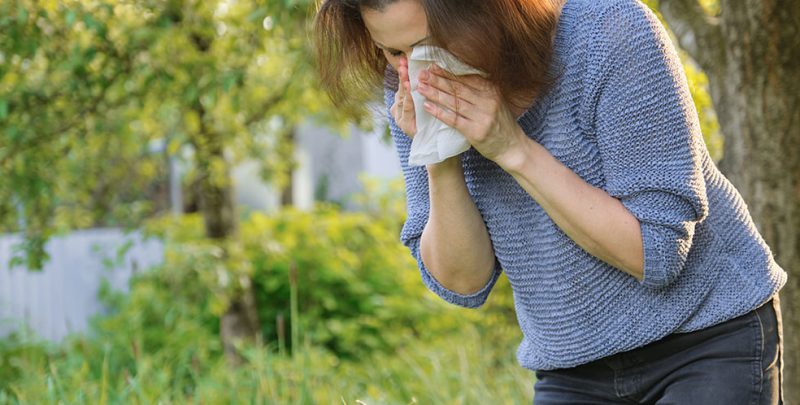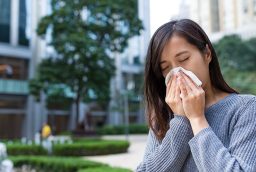Overview of Pollen Allergy

Distinctive individuals have their own particular sensitivities according to spring pollen allergy doctor. Some of these sensitivities show in the form of hypersensitivities, the most well-known of it being the dust hypersensitivity. Sensitivity is the response of a man’s body framework to a specific substance that is regularly not hurtful for the body.
The body’s resistant framework is customized to safeguard the body against attacking substances. These substances can be numerous things from nature like dust, prescription drugs etc. These substances are called allergens. Individuals have shifting hypersensitive responses. These responses can show as runny nose, rashes, trouble in breathing and many others. The unfavorably susceptible responses are not usually life debilitating unless a man happens to be seriously hypersensitive. Many people throughout the world are prone to or allergic to dust.
Spring pollen allergy
Dust particles are the minuscule grains created by plants that multiply all by themselves. Self-pollinating plants utilize the dust from their own blooms to multiply. A few plants which are unisexual require cross fertilization. The standard sort of dust particles that cause dust hypersensitivity are mainly the light and dry dust granules. These sorts of dust particles are generally delivered by weeds, grasses and trees. Their dust is effectively conveyed by the wind and can get inside the body of a man through the respiratory tract. Dust particles that cause dust hypersensitivity are generally connected with plants that deliver them in huge sums like the ragweed plant which can create up to a million of dust grains every day.
Signs and side effects of pollen allergies
The regular signs and side effects of dust hypersensitivity are sniffling with either congested or runny nose, irritation around the eyes and nose, choked throat, watery eyes and even conjunctivitis. Dust hypersensitivity can likewise be a trigger to different issues like asthma, sinus, ear diseases and other respiratory issues.
These signs and side effects are brought on by the arrival of histamine by the pole cells according to the research conducted by pollen allergy clinic. Once the dust adheres to the nasal mucous film, the pole cells distinguish the dust as an attacking substance. The pole cells in the influenced range discharge histamine which causes the veins to enlarge. At the point when this happens, the liquids can escape through the dividers of the veins and cause swelling and blockage of nasal entries because of overabundant generation of bodily fluid.










